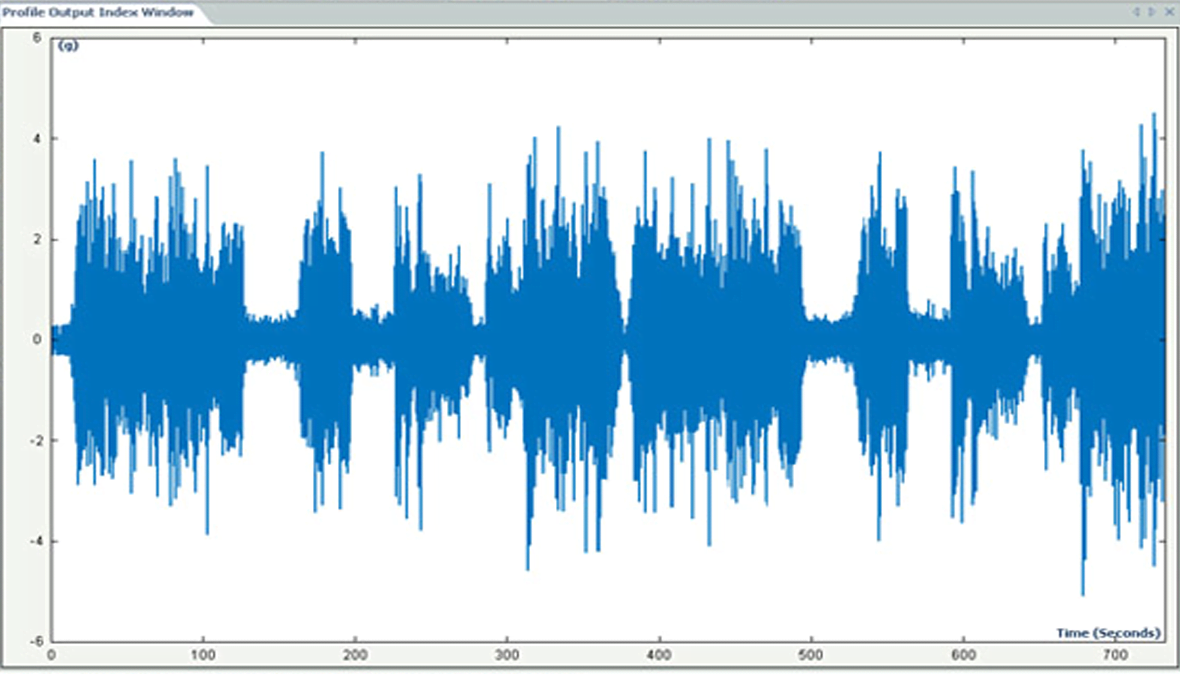Vibration Control Software
Time Waveform Replication
A vibration controller feature within a closed-loop test system for replicating a waveform with precise, real-time, multi-channel control.
Request PriceTime waveform replication (TWR), also known as long time history (LTH), exactly replicates, in the laboratory, vibration environments using data obtained in the field. Field measurements, such as a vehicle’s road test or an aircraft flight run, can be imported into the host PC, compensated for suitability to the shaker system, and then used to re-create the field environment within the laboratory.
USE SCENARIOS
- Laboratory replication of field environments for automotive and military vehicles, aircraft and trains
- Test-track vibration, road-test vibration, and aircraft-landing shock, amongst other tests
- Recreating long events lasting from several minutes to several hours
CHARACTERISTICS
TWR usually supports a wide range of data file formats, such that waveforms may be imported from many data acquisition systems or from artificially-created data; for example, in CSV (comma-separated values) format.
To make imported waveforms suitable for use on a shaker system, a number of pre-processing and editing functions are often available, including DC-offset removal, high- and low-pass filtering, cut and paste, and compensation for velocity and displacement.
Unlike conventional iterative equalization techniques, TWR uses closed-loop control to update and adapt the load-transfer function in real time, thereby reducing test durations while improving accuracy. The reference waveform is read from a disk file in real time during operation, meaning that the feature is capable of virtually offering unlimited waveform duration.
The feature uses adaptive control to ensure that adjustments made over the course of long tests are accurate. An overlapped convolution algorithm ensures a continuous drive signal with smooth transitions between output frames.
Other capabilities often include waveform-looping, cyclic multiple-waveform scheduling and continuous point-by-point abort checking.
- Software platform
- [PC]

